Archive for December, 2019
Where is petroleum consumed?
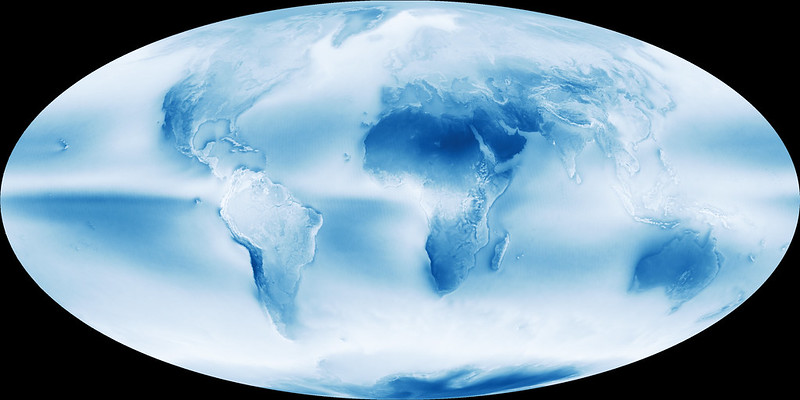 In last week’s post, I provided a chart that describes the sources of electricity for the United States. Coal is the largest source of electricity (38%) and natural gas is the next largest (25%). The largest non-carbon source is nuclear (22%) and the largest renewable sources are wind (6%) and solar (5%). The data from the chart came from Otherlab who was contracted by the Advanced Research Project Agency of the Department of Energy (ARPA-e) to review all available energy data sources and create an ultra-high resolution picture of the U.S. energy economy.
In last week’s post, I provided a chart that describes the sources of electricity for the United States. Coal is the largest source of electricity (38%) and natural gas is the next largest (25%). The largest non-carbon source is nuclear (22%) and the largest renewable sources are wind (6%) and solar (5%). The data from the chart came from Otherlab who was contracted by the Advanced Research Project Agency of the Department of Energy (ARPA-e) to review all available energy data sources and create an ultra-high resolution picture of the U.S. energy economy.
Using the same data set, I created a chart to break out the top ten categories for petroleum consumption for the United States.
The category Light-Duty Vehicles (cars, light trucks) is the largest consumer at 20% and is more than the sum of the next two categories – Single-Family Homes (10%) and Chemicals (9%).
When Light-Duty Vehicles at 20% are combined with Freight Trucks (think eighteen-wheelers) at 7%, they make up 27% of the country’s total consumption, making the Transportation sector the thirstiest. The most effective way to reduce petroleum consumption is to replace vehicles powered by internal combustion engines with electric vehicles (EVs). But there’s a catch.
As internal combustion engines diminish and EVs come online, petroleum consumption will drop and will help the planet. But, as EVs come online the demand for electricity will increase, making it even more important to replace coal and natural gas with zero-carbon sources of electricity: nuclear, hydro, wind and solar.
To save the planet, here’s what you can do. Vote for political candidates who will end federal subsidies for coal and natural gas. That single change will accelerate the adoption of wind and solar, as it will increase the existing cost advantage of wind and solar. And if that freed-up money can be reallocated to federally-funded R&D to improve the controllability of electrical grids, the change will come even sooner.
And at the state and local level, you can vote for candidates that want to make it easier for wind and solar projects to be funded.
And, lastly, you can buy an EV. You will see a much larger selection of new electric vehicles over the next year and the driving range continues to improve. Over the next year, most new EV models will be high performance and high cost, lower-cost EVs should follow soon after.
Image credit – NASA Goodard Flight Center
How is your electricity made?
 How is your electricity made? Which source produces the most electricity? How much is made from zero-carbon sources? How much is made from renewable sources?
How is your electricity made? Which source produces the most electricity? How much is made from zero-carbon sources? How much is made from renewable sources?
In 2017, Otherlab was contracted by the Advanced Research Project Agency of the Department of Energy (ARPA-e) to review all available energy data sources and create an ultra-high resolution picture of the U.S. energy economy. The purpose was to identify research priorities and to model scenarios for new energy technologies and policies. This work leveraged many decades of effort by the U.S. Energy Information Agency (PDF) and Lawrence Livermore National Lab analyzing the U.S. energy economy and providing annual snapshots in a Sankey Flow Diagram format. The Otherlab “Super Sankey” tool is available at www.departmentof.energy
Here’s a link to Otherlab’s original post on the project.
The Sankey Flow diagram format can be difficult at first, so I created a simple chart to break down the electricity sources for the United States.
As you can see, we have a long way to go to replace coal and natural gas, the two most troublesome sources for the planet. Together, coal and gas are responsible for 63% of the country’s electricity. The next largest source is nuclear at 22%. Nuclear is a carbon-free source of electricity, but it’s not renewable and it produces waste that must be stored for a long time in secure vaults. Nuclear is often considered a good solution to produce carbon-free electricity (at least while renewable sources come online), but it’s a politically charged technology due to the perceived danger of catastrophic failure of nuclear powerplants.
The largest renewable source of electricity is hydro at 6% and wind is next at 5%. We hear a lot about solar, but it produces a small fraction of our electricity. And we don’t hear much about geothermal which is about half the size of solar.
These numbers may differ a bit from those calculated from other data sources, but the picture is clear. We’ve got a long way to go to displace coal and natural gas. But the cost of renewable sources is now less than coal and natural gas. You’ll soon see more coal plants closing and reduced sales of natural gas power turbine generators.
If we are to do one thing to accelerate the transition to renewable sources of electricity, we should end subsidies paid to coal and natural gas industries and use the freed-up money to create the next-generation technologies that help the grid accept more renewable sources of electricity.
Image credit – Andreas Øverland
Thinking Dynamically
 If you’re asked to do cost reduction, before doing that work, ask for objective evidence that the work to grow the top line is adequately staffed. You can’t secure your company’s future through cost reduction, so before you spend time and effort to grow the bottom line, make sure the work to grow the top line is more than fully staffed. Without top-line growth, cost reduction is nothing more than a race to the bottom.
If you’re asked to do cost reduction, before doing that work, ask for objective evidence that the work to grow the top line is adequately staffed. You can’t secure your company’s future through cost reduction, so before you spend time and effort to grow the bottom line, make sure the work to grow the top line is more than fully staffed. Without top-line growth, cost reduction is nothing more than a race to the bottom.
If you’re asked to do more of what was done last time, before doing that work, look back and plot how that line of goodness has improved over time. If the goodness over time is flat (it hasn’t increased), the technology is mature, there’s nothing left, and you should improve something else (a new line of goodness). If the goodness continues to increase over time, ask customers if it’s already good enough. Do this by asking if they’d pay more for more goodness. If they won’t pay more, it’s already good enough. Stop work on that tired, old line of goodness and work on a new one. If goodness over time is still increasing and customers will pay more, teach someone else how to improve that line of goodness so you can establish the next line of goodness which will be needed when the old one gets tired.
If you’re asked to make your product do more, before doing that work, figure out if the planet will be better off if your product does more. If the planet will frown if your product does more, make your product do less with far less. In that way, your customers will get a bit less, but they’ll use far fewer resources and the planet will smile. And when the planet smiles, so will the stockholders of the company that provides less with far less.
If you’re asked to improve a specific line of goodness, before doing that work, look to see if competitive technologies are also improving on that same line of goodness. If their improvement slope is steeper than yours, you will be overtaken. Find a new line of goodness to improve, or buy the dominant company in that’s making progress with the competitive technology. Don’t wait, or sooner rather than later, they’ll buy you.
If you’re asked to make your product do more, before doing that work, look at the byproducts that will increase and how that relates to the regulatory standards. If those nasty byproducts are (or will be) regulated, future improvements will be blocked by regulatory limits. You can argue about when those limits will be a problem, but you can’t argue that those regulatory limits will ultimately take you out by the knees. It’s a tough pill to swallow, but it’s time to look to a new technology because your existing one will soon be outlawed.
Everything changes. Nothing is static. Technologies get better, then it’s difficult to make the next improvement. Competitors get better, then it’s difficult to be better than them. Environmental constraints get tighter, then you’re legally blocked from improvements that violate those constraints. Last year’s solutions become obsolete. Last year’s analysis tools become obsolete. Last year’s best materials are no longer best. And last year’s manufacturing best processes are no longer best. That’s just how it works.
Before you allocate precious resources to do what you did last time, spend a little time to analyze the situation in a dynamic sense. What changed since last time? Has the regulatory environment changed? Have competitors made improvements? Have new competitors emerged with new technologies? Has your legacy technology run out of gas or does it still have legs? Have new tools come of age and who is using them?
Everything has a half-life – technologies, products, services, tools, processes, business models, and people. When new things are come to be, the only thing you can guarantee is that time will run out and they will run their course. Even if your business model has been successful, it has a half-life and it will die.
Success causes us to think statically, but the universe behaves dynamically. The trick is to use the resources created by our success to sow the seeds that must grow into the solutions of an uncertain future. The best time to plant a tree was fifteen years ago, and the next best time to plant one is today.
Image credit — Matthew Dillon
To increase profits, make the planet smile.
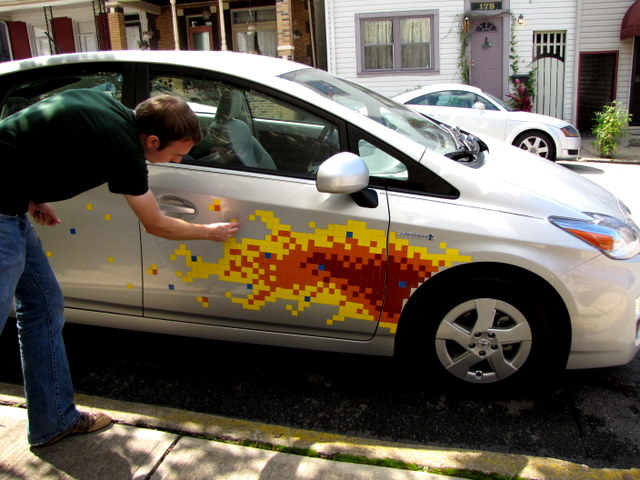 What if the most profitable thing you could do was work that reduced the rise in the earth’s temperature? What if it was most profitable to reduce CO2 emissions, improve water quality or generate renewable energy? Or what if it was most profitable to do work that indirectly made the planet smile?
What if the most profitable thing you could do was work that reduced the rise in the earth’s temperature? What if it was most profitable to reduce CO2 emissions, improve water quality or generate renewable energy? Or what if it was most profitable to do work that indirectly made the planet smile?
What if while your competitors greenwashed their products and you radically reduced the environmental impacts of yours? And what if the market would pay more for your greener product? And what if your competitors saw this and disregarded the early warning signs of their demise? This is what I call a compete-with-no-one condition. This is where your competitors eat each other’s ankles in a race to the bottom while you raise prices and sell more on a different line of goodness – environmental goodness. This is where you compete against no one because you’re the only one with products that make the planet smile.
The problem with an environmentally-centric, compete-with-no-one approach is you have to put yourself out there and design and commercialize new products based on this “unproven” goodness. In a world of profits through cost, quality and speed, you’ve got to choose profits through reduced CO2, improved water quality and renewable energy. Why would anyone pay more for a more environmentally responsible product when its price is higher than the ones that work well and pollute just as much as they did last year?
When the Toyota Prius hybrid first arrived on the market, it cost more than traditional cars and its performance was nothing special. Yet it sold. Yes, it had radically improved fuel economy, but the fuel savings didn’t justify the higher price, yet it sold. Competitors advertised that the Prius hybrid didn’t make financial sense, yet it sold. With the Prius hybrid, Toyota took an environmentally-centric, compete-with-no-one approach. They made little on each vehicle or even lost money, but they did it anyway. They did the most important thing. They started.
The Toyota Prius hybrid wasn’t a logical purchase, it was an emotional one. People bought them to make a statement about themselves – I drive a funny-shaped car that gets great gas mileage, I’m environmentally responsible, and I want you to know that. And as other companies scoffed, Toyota created a new category and owned the whole thing.
And, slowly, as Toyota improved the technology and reduced their costs, the price of the Prius dropped and they sold more. And then all the other manufacturers jumped into the race and tried to catch up. And while everyone else cut their teeth on high volume manufacturing a hybrid vehicle, Toyota accelerated.
Below is a chart of hybrid electric vehicles (hev) sold in the US from 2000 to 2017. Each color represents a different model and the Toyota Prius hybrid is represented by the tall blue segment of each year’s stacked bar. In 2000, Toyota sold 5,562 Prius hybrids (60% of all hevs). In 2005, they sold 107,897 Prius hybrids, 17,989 Highlander hybrids and 20,674 Lexus hybrids for a total of 209,711 hybrids (69% of all hevs). In 2007, they sold 181,221 Prius and five other hybrid models for a total of 228,593 (65% of all hevs). In 2017, sold 15 hybrid models and the nearest competitor sold 4 models. The reduction from 2008 to 2011 is due to reduced gas prices. (Here’s a link to the chart.)
The success of the Prius vehicle set off the battery wars which set the stage for the plug-in hybrids (larger batteries) and all-electric vehicles (still larger batteries). At the start, the Prius didn’t make sense in a race-to-the-bottom way, but it made sense to people that wanted to make the planet smile. It cost more, and it sold. And that was enough for Toyota to make profits with a more environmentally friendly product. No, Prius didn’t save the planet, but it showed companies that it’s possible to make profits while making the planet smile (a bit). And it made it safe for companies to pursue the next generation of environmentally-friendly vehicles.
The only way to guarantee you won’t make more profits with environmentally responsible products is to believe you won’t. And that may be okay unless one of your companies believes it is possible.
Here’s a thought experiment. Put yourself ten years into the future. There is more CO2 in the atmosphere, the earth is warmer, sea levels are higher, water is more polluted and renewable energy is far cheaper. Are your sales higher if your product creates more CO2, or less? Are your sales higher if your product heats the earth, or cools it? Are your sales higher if your product pollutes water, or makes it cleaner? Are your sales higher because you bet against renewable energy, or because you embraced it? Are your sales higher because you made the planet frown, or smile?
Now, with your new perspective, bring yourself back to the present and do what it takes to increase sales ten years from now. Your future self, your children, their children, and the planet will thank you.
Image credit saeru
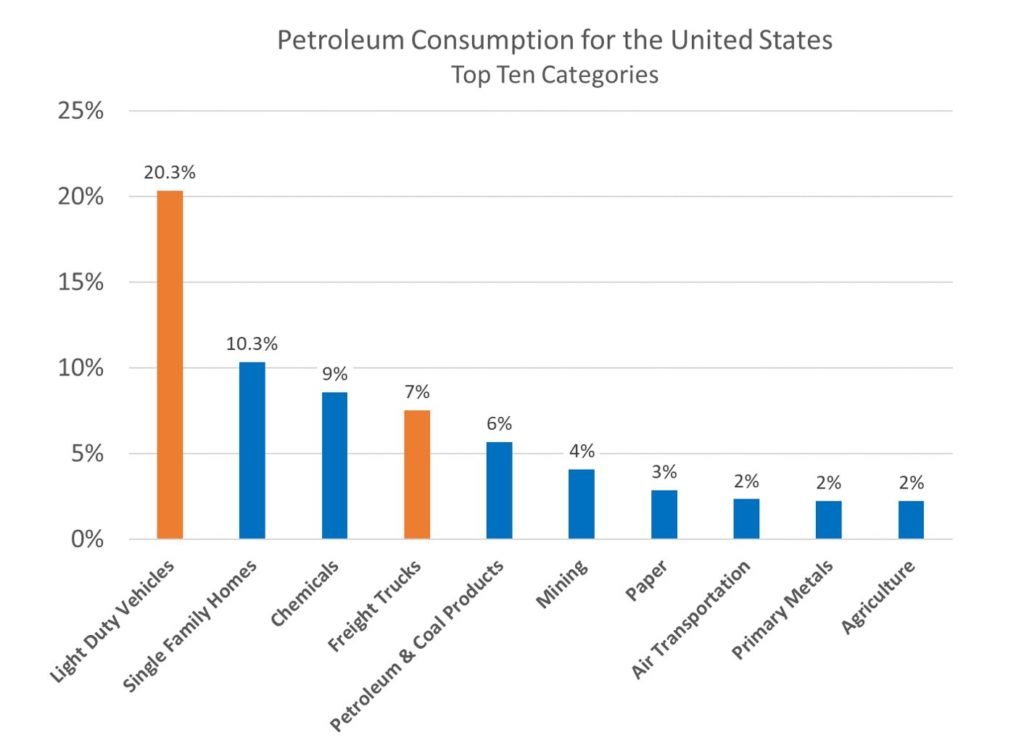
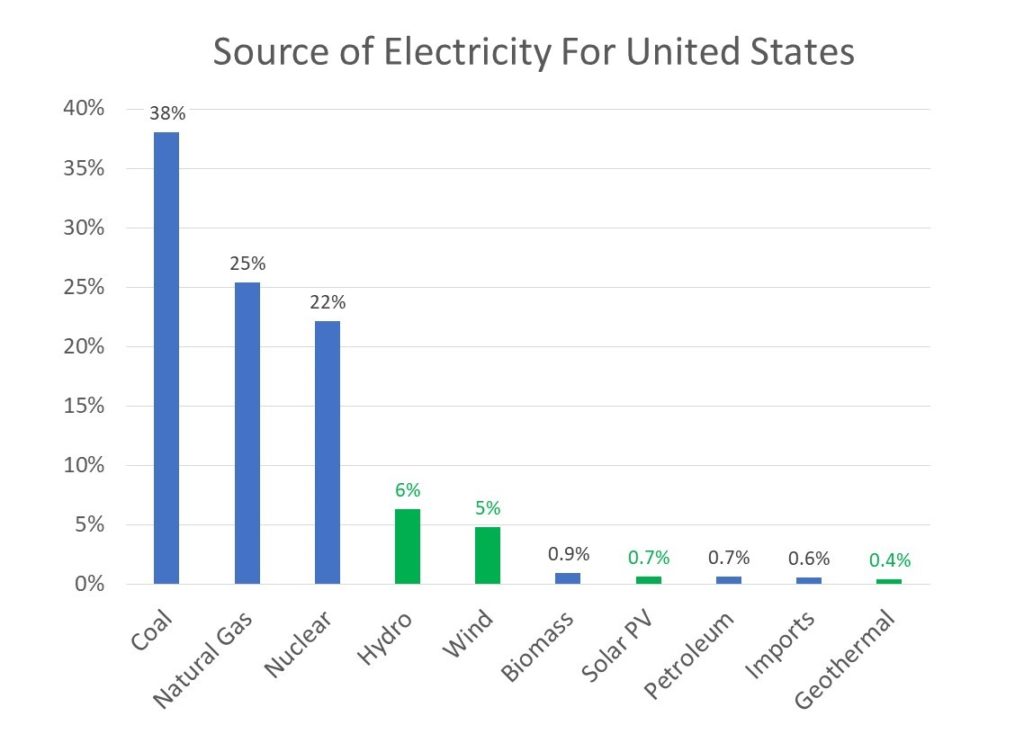
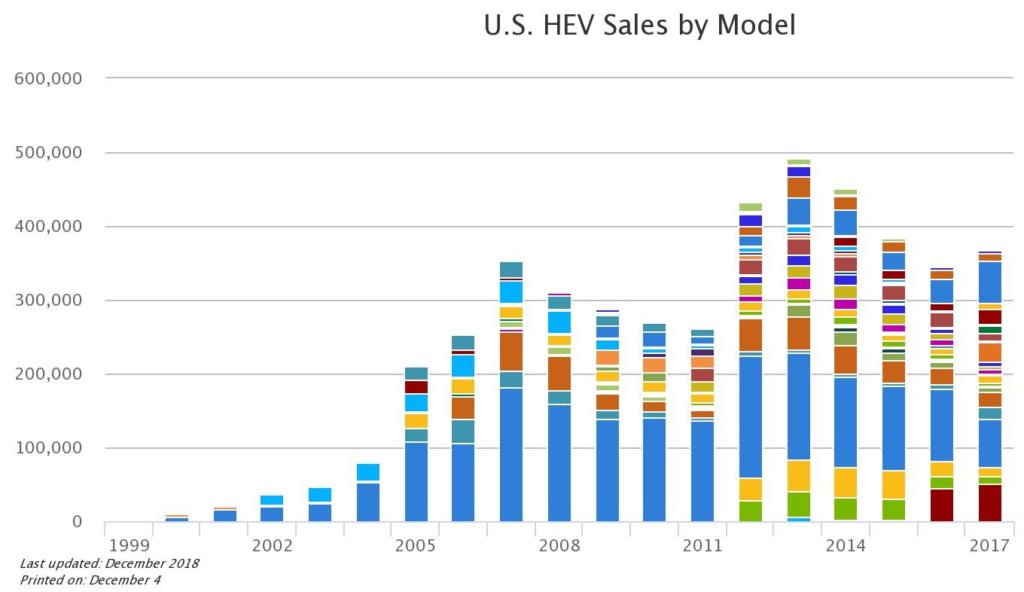
 Mike Shipulski
Mike Shipulski